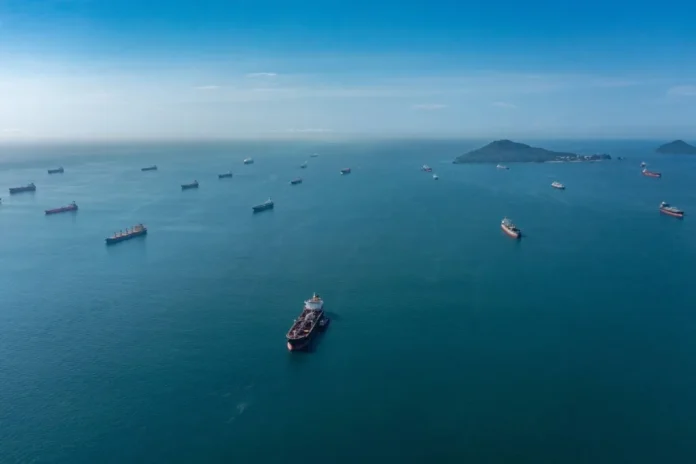When an Ocean’s Pulse Quieted
For more than four decades, the Gulf of Panama has breathed life into its coastal waters every year—until this year. In a startling development, the seasonal upwelling of nutrient-rich deep waters vanished entirely during the 2025 dry season—a phenomenon scientists documented for the first time in 40 years. Experts say this signals a fragile turning point for marine ecosystems and the communities that depend on them.
ScienceDailyDiscover WildlifePhys.org
What Upwelling Does—and What Went Wrong
During Panama’s dry months (roughly December through April), northerly trade winds push surface waters away from the coast. This creates an upward draw of cool, nutrient-dense waters, fueling vibrant fisheries and protecting coral reefs from heat stress. The result: coastal productivity peaks and surface temperatures drop—providing a sanctuary against tropical heat.
ScienceDailyDiscover Wildlife
In early 2025, however, researchers from the Smithsonian Tropical Research Institute and their collaborators observed a complete absence of this upwelling cycle. Surface waters remained unusually warm and low in biological productivity—a historic anomaly.
ScienceDailyPhys.org
Why It Matters: Ecological Ripple Effects
- Decline in Fisheries: Without the upwelling’s nutrient surge, phytoplankton blooms faltered—jeopardizing the entire marine food web that supports local fishermen.
- Coral Vulnerability: Coral reefs lost a crucial buffer against thermal stress, heightening the risk of bleaching and ecosystem collapse.
- Tourism and Livelihoods at Risk: Many coastal communities rely on clean, cool waters for tourism and sustenance—resources now in an unstable future.
Discover WildlifeIndia Today
Tracking the Winds: A Breath That Didn’t Come
Data from satellite imagery and in-situ measurements revealed the 2025 upwelling was dramatically delayed, brief, and weak:
- Typical upwelling starts by late January and lasts over two months. In 2025, it began in March, lasted barely 12 days, and reached its warmest recorded sea surface temperature.
- Winds were similar in strength but occurred 74% less frequently, meaning cumulative ocean “pumping” was drastically reduced.
The Watchers
Scientists suggest shifts in the Intertropical Convergence Zone—possibly influenced by a weak La Niña—may have partly driven this disruption, though regional dynamics remain unclear.
The WatchersDiscover Wildlife
A Wake-Up Call for Ocean Monitoring
Marine experts warn that tropical upwelling systems like Panama’s are under-studied and under-monitored, especially compared to temperate counterparts. The 2025 disruption marks a critical warning: longstanding ecological cycles can break down without sufficient scientific oversight.
Discover WildlifePhys.org
“This collapse is a red flag,” says STRI oceanographer Carlos Rodríguez. “It underscores the urgent need for enhanced observation systems and predictive models in tropical ocean regions.”
Discover Wildlife
Timeline of the Collapse
| Year | Typical Coastal Cycle | 2025 Anomaly |
|---|---|---|
| 1985–2024 | Reliable upwelling: cooler waters, abundant life | Absent upwelling: warmer temps, diminished productivity |
| January | Usual onset of wind-driven upwelling | Delayed until March |
| Wind Frequency | Normal northerly trade flows | Reduced by 74% |
| Impact | Healthy fish stocks, coral resilience | Threatened fisheries and reef ecosystems |
What Lies Ahead
- Urgent Research: Scientists aim to determine if 2025 was an anomaly or the beginning of a destabilized pattern.
- Community Adaptation: Fisherfolk and coastal towns must prepare for potential declines in fish yields and reef tourism.
- Global Lessons: This disruption could foreshadow similar failures in other tropical upwelling systems—making real-time monitoring an imperative globally.
Conclusion: A Fragile Oceanic Rhythm Disrupted
Panama’s upwelling long served as an oceanic heartbeat—reliable, nourishing, life-giving. That rhythm’s sudden silence in 2025 offers a sobering reminder that our planet’s climatic systems are reaching unprecedented tipping points. Stronger observation, research, and local adaptation are no longer choices—they are essential.




